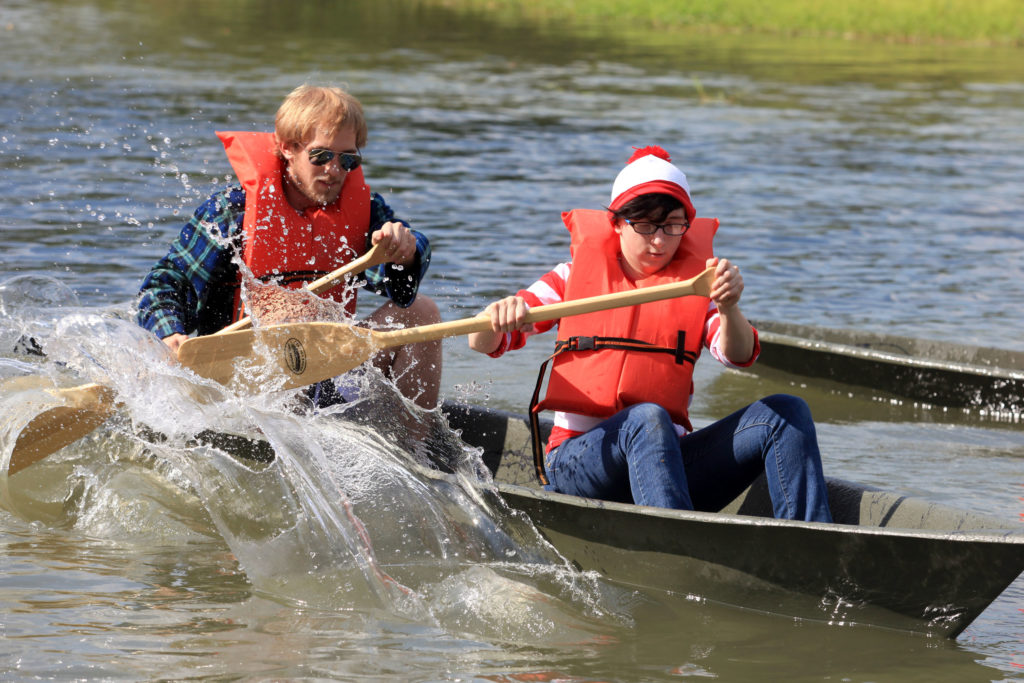Due to a selective admission process, improved changes in technology and a guarantee of jobs after graduation, the College of Nursing at Nicholls has developed a reputation for being one of the top nursing programs in the state. One of the main reasons the nursing program has become so well known is the quality of students that graduate from the program.
According to Todd Keller, professor in nursing and assistant to the department head, the program’s selective admission process ensures the most qualified students graduate from the program.
In order to get into the nursing program, a student must complete at least 36 hours of freshman curriculum with a 2.75 grade point average.
“I refer to it as more of a competitive admission process, because there are so many people who want to come into the program,” Keller said. “Not only do we look for a 2.75 GPA, we also look at the number of times it took a student to pass a course and the amount of coursework completed outside of Nicholls. We call that a loyalty rewards program, like credit cards use.”
However, the minimum GPA currently in the nursing program is a 3.11, which helped the department become identified as a center of excellence by the University of Louisiana System.
“It’s the image which has made the program so popular,” Keller said. “In our case, people are aware of our reputation as a center of excellence, which is intriguing.”
While Keller said he would love to accommodate everyone who lists nursing as a major, it would be nearly impossible. Currently, the nursing program has 300 students going through its clinical progression. Another 400 students have nursing listed as a major but they have not made it to the program yet because of curriculum.
“We would love to admit everybody because there is a nursing shortage,” Keller said. “With our resources based on funding we can’t, so we have to cap it.”
The biggest reason behind the garnered popularity of the program is the role of technology. Through grants primarily from the Louisiana Board of Regents and funding from hospitals like Thibodaux Regional, Terrebonne General and St. Anne, the program has been able to keep up with the advances in technology over time.
Keller said it is important for the nursing program to keep up with technology because many students rely on it so much.
“We’ve gone from a purely human delivery system of skills to a hybrid between human computer and life-sized simulation in technology,” he said.
Since its first graduating class over 20 years ago, technology within the nursing program has changed almost on a yearly basis.
“Technology has done wonders for us,” Keller said. “What we have been able to do is go beyond the walls of the classroom.”
During the early years of the nursing program, all material was delivered through lecture in classrooms. As more and more technology became readily available, the College of Nursing continued to update its technology. Now, with CD ROMS and video disks, students within the nursing program can access information as many times as they need, which helps students to become critical thinkers, Keller said.
“It’s not just point and click,” Keller said. “The students have to actually make decisions about giving or withholding a medication, doing CPR, not doing CPR, sitting a patient upright, putting oxygen in them or not sitting a patient upright. They have to make critical thinking decisions during every step. Nursing has excellent critical thinkers; it will help them in their social life as well as their career.”
The nursing program uses technology in other ways as well.
According to Keller, when a student first enters the nursing program, they are required to take tests to determine learning level. The learning level is decided strictly by the software based on a series of questions each student is asked.
“It stimulates the student on more than one learning level,” Keller said. “There are visual learners, auditory learners and mechanical learners. We have all of the equipment that appeals to those different learners.”
The computer training then adjusts itself to fit the needs of the students.
If a student is declared a visual learner, the software will turn off the audio, allowing the student to only use visual images. Someone who is declared an auditory learner will be able to both see and hear the information while a mechanical learner is referred to a skills lab for hands-on training. The idea behind the concept is to ensure students understand what is being taught, Keller said.
The hands-on training allows the students to work with the most expensive form of technology offered by the nursing program: life-like mannequins. Through state and government funding, the nursing program is able to afford the $33,000 dummies, which possess all the reactions of an actual human being. The mannequins can do things such as vomit, urinate, breathe, cry out in pain and go into cardiac arrest. The program also has body-part simulators such as arms for blood pressure practice and torsos to listen to different sounds. The program is also looking to invest in a new $40,000 maternity simulator that will go through the entire birth cycle of a female, making all the motions and sounds as well.
“Students are looking for bells and whistles,” Keller said. “If you look at the generation of students who are coming into college right now, these are the students that have no idea what it’s like to not have a computer at home. They’ve grown up with cable, the Internet, so they expect those things to be available to them when they come to college. That has been a focus of ours to integrate more technology in the program.







